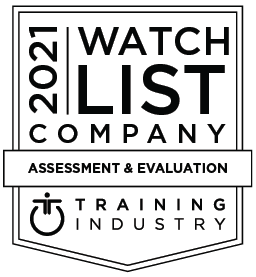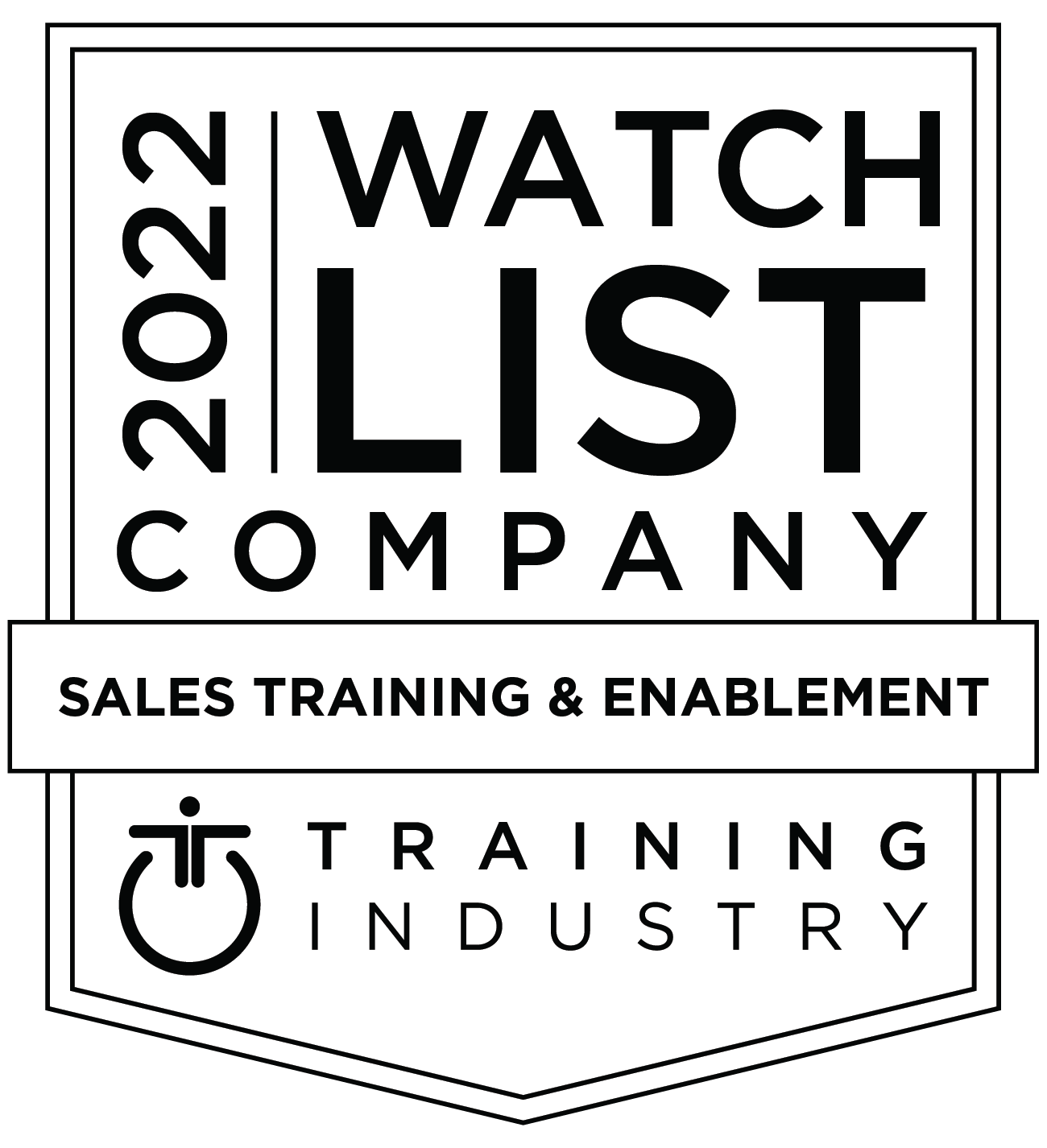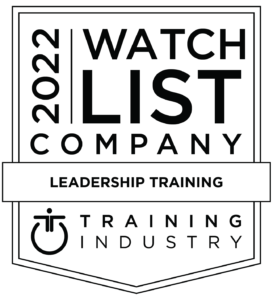In the 30 years that I’ve been training presenters, the same presentation myths (disguised as tips) have resurfaced time and again.
While most are well intentioned, they do more harm than good. Today, I’d like to expose and dispel of 3 of the most common and potentially damaging presentation myths:
Myth #1: Avoid eye contact and stare at a spot on the wall at the back of the room.
Because…you really want to connect with the wall?
This myth arises from the mistaken belief that avoiding eye contact will help you relax. It won’t. (Caveat: Eye contact is very culture-dependent. My advice here is biased toward how people in the Americas and Europe use eye contact.)
The truth is, the most unnatural thing to do when presenting is to not look people in the eyes. Every day, while talking to people face-to-face, you make eye contact. Even on virtual calls, when you can see the other person on screen, you look at their eyes.
Using eye contact is a natural and vital part of interpersonal communication. It’s in our DNA. Research has shown that even newborns track the eye movements of their parents. When someone doesn’t make eye contact, it’s noticeable. Odd, even. Have you ever had the experience of talking with someone who appeared to be averting your gaze? It makes you suspicious that, either, they don’t want to talk to you or they have something to hide.
The bottom line is this: making eye contact with the people to whom you’re presenting engages them more fully, communicates your interest in them, makes your message more memorable, and connects them to you in a way that nothing else can.
Myth #2: Imagine your audience naked. (It will relax you.)
What? I’ve never really understood this one. Talk about distracting. The stuff of nightmares, even! This “tip” was clearly designed to help the presenter feel less intimidated. If we’re all naked, then we’re all equal…right? Wrong. I don’t advise you to try this one.
Instead, if you want to alleviate self-consciousness or put yourself into a relaxed state of mind, the best advice I can offer is to make the presentation all about your audience. If you’re worrying about you, thinking about how people will judge you, well that’s about YOU. And, it’s naturally going to make you more anxious. Rather, make your presentation and delivery all about THEM.
Get out of your head and focus 100% on the audience! Put the spotlight on your audience’s situation and needs. You’re there, not for you, but to give them the information and analysis they need or want.
Myth #3: Great speakers are born, not made.
While it’s true that some people possess a certain “charisma” and seem to glow in front of a crowd, that doesn’t mean that they’re the sole inheritors of the presentation kingdom.
Science once assumed that people were born with the most neurons they would ever possess and that those neurons only decreased over time. But, recent research proves that’s simply not true! Adult brains can continue to create new neurons through effortful learning.
Any person, whatever innate talents they may possess (or not), can learn to become a more confident, skilled, and engaging presenter. I may never be a world-ranked tennis pro, for example, but I can learn to become a better tennis player.
It takes coaching, practice, and good preparation. But, if I put in the time and am willing to continuously work on improving my skills, I will get better.
Becoming a better speaker takes work, but anyone willing can do it.
And, in my 30 years of training, I’ve seen first-hand that the payoff to you, your career, and your audience could be astronomical.
Anyone in your organization can learn to become a great presenter. Here’s how: Mandel offers a 2-day intensive, learn-by-doing training program that helps business professionals gain the skills and confidence to present effectively to any audience, in any setting. To learn more, check out our flagship presentation training program: The Extraordinary Presenter™.










